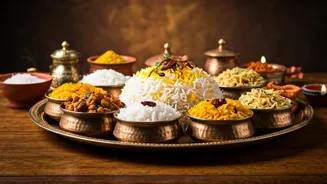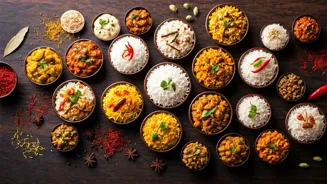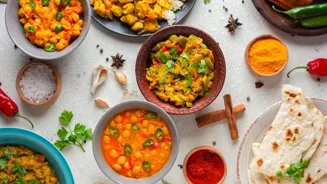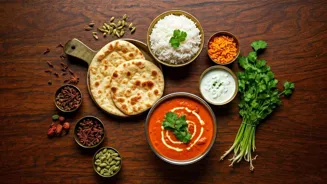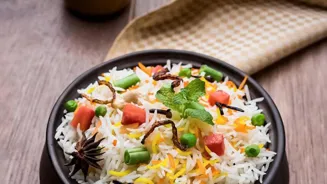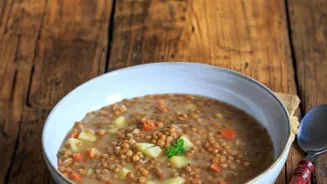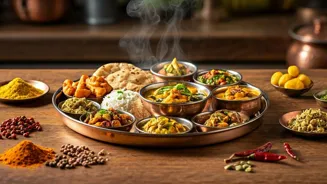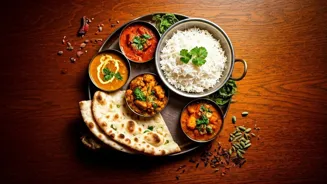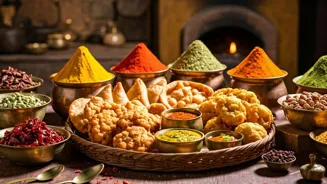Unravel the Science Behind Perfect Rice: A Culinary Exploration. Delve into mastering the art of cooking rice, Indian style
For many Indians, rice is more than just a grain; it's a staple, a comfort food,
and a symbol of nourishment. From fluffy basmati to humble boiled rice, it finds its way onto our plates in countless forms. Yet, achieving that perfect pot of rice can sometimes feel like a mysterious art.
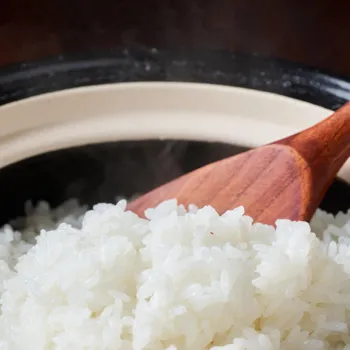
However, what if we told you that behind every perfectly separated grain lies a fascinating world of science? Understanding the science of cooking rice can empower you to consistently cook rice that is not sticky, not mushy, but just right, every single time.
Understanding rice starch for perfect cooking results
The journey of mastering rice begins with understanding the starch content. Rice contains two types of starch: amylose and amylopectin. Amylose is responsible for the fluffiness of rice.
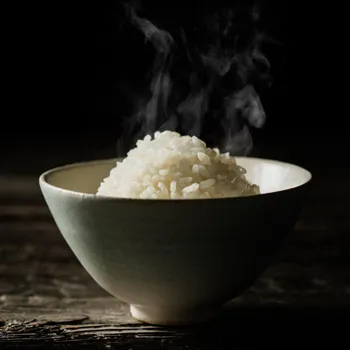
Rice varieties which are high in amylose, like basmati, will yield grains that tend to separate beautifully after cooking. Amylopectin, on the other hand, contributes to stickiness. When rice is cooked in water, these starch granules absorb the liquid and swell.
If there's too much amylopectin, the rice becomes gluey. This is a property that's desired in, say, sushi rice, but not so much in our regular everyday rice. The key, then, is managing these starches through proper preparation and cooking techniques.
Rinsing the rice thoroughly before cooking helps remove excess surface starch, which reduces stickiness.
Importance of water-to-rice ratio in cooking different rice types
The water-to-rice ratio is very important, and it's not always a one-size-fits-all equation. Factors like the type of rice, the cooking method, and even the age of the rice can influence the ideal ratio. For example, older rice tends to be drier and requires more water than fresh rice.
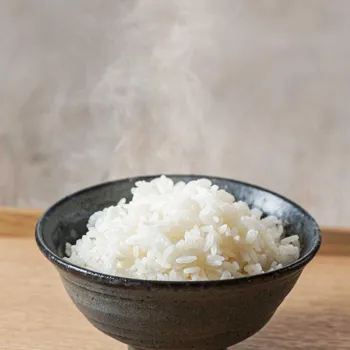
For long-grain varieties like basmati, a ratio of 1:1.5 (rice to water) is often recommended. For shorter-grain varieties, you might need to increase the water slightly, perhaps to a 1:2 ratio. Experimenting is key to finding the sweet spot for your specific rice and cooking setup.
Also, using hot water or boiling water helps to jumpstart the cooking process, ensuring that the rice cooks evenly and doesn't turn to mush.
Cooking rice in India: boiling vs. pressure cooking, pros and cons
The cooking process can drastically alter the final outcome. The most common methods in India involve either boiling the rice in an open pot or using a pressure cooker. Boiling allows you to monitor the rice's progress and drain excess water if needed.
However, it can be energy-intensive and requires constant attention. Pressure cooking, on the other hand, is quicker and more efficient.
The high pressure and temperature cook the rice faster, but it's essential to get the water ratio just right to avoid either burning the rice or ending up with a soggy mess. A common trick is to let the pressure release naturally after cooking.
This step helps the rice grains settle gently and prevents them from breaking or sticking together. No matter which cooking method you are using, avoid lifting the lid too frequently.
Resting cooked rice is essential for perfect texture and flavor
Resting the rice after cooking is a crucial step that is often overlooked. Once the rice is cooked, remove it from the heat and let it sit, covered, for about 10-15 minutes.
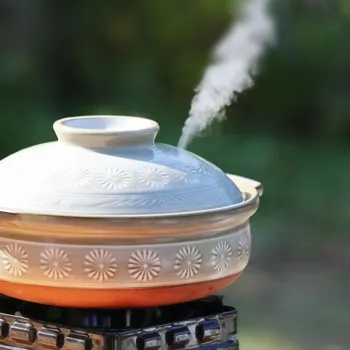
During this time, the remaining steam gently finishes cooking the rice, allowing the moisture to redistribute evenly and preventing the grains from becoming sticky. Fluffing the rice with a fork before serving further separates the grains and releases any remaining steam.
This helps to create a light and airy texture. A little ghee or butter can, of course, add to the flavour – a little tradition, along with science!
Pot or cooker type affects cooking outcome; choose wisely for best results
The type of pot or cooker can also affect the final outcome. A heavy-bottomed pot or cooker distributes heat more evenly, preventing hot spots that can lead to burning or uneven cooking.
Non-stick cookware can be helpful for beginners, as it reduces the risk of the rice sticking to the bottom of the pot. However, be mindful of the cookware’s quality, as low-quality non-stick coatings can leach into the food at high temperatures.
Earthen pots, still used in some traditional Indian kitchens, are known for their ability to retain heat and impart a unique flavour to the rice.
Cooking rice is a culinary science experiment
So, the next time you cook rice, remember that you’re not just following a recipe; you're conducting a mini-science experiment in your kitchen.
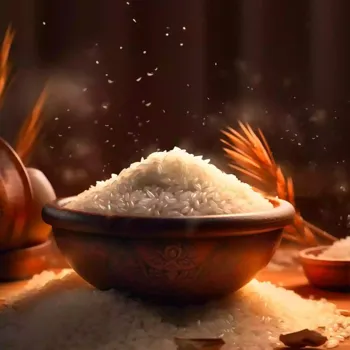
By understanding the properties of starch, the importance of water ratios, and the nuances of different cooking methods, you can transform a simple grain into a culinary masterpiece. Embrace the science, experiment with different techniques, and don't be afraid to make mistakes.
With a little practice and a healthy dose of curiosity, you'll be on your way to perfecting the art of cooking rice, the Indian way.
AI Generated Content. Glance/InMobi shall have no liability for the content
